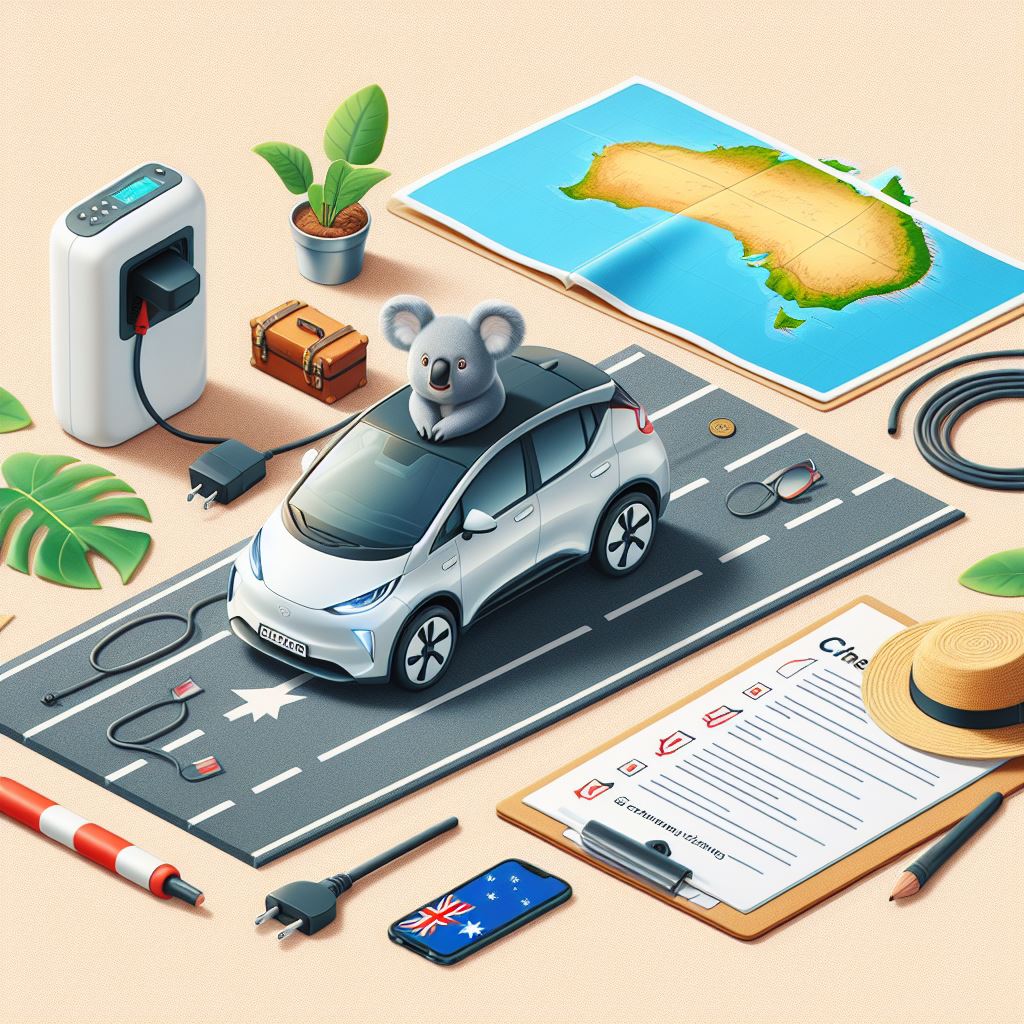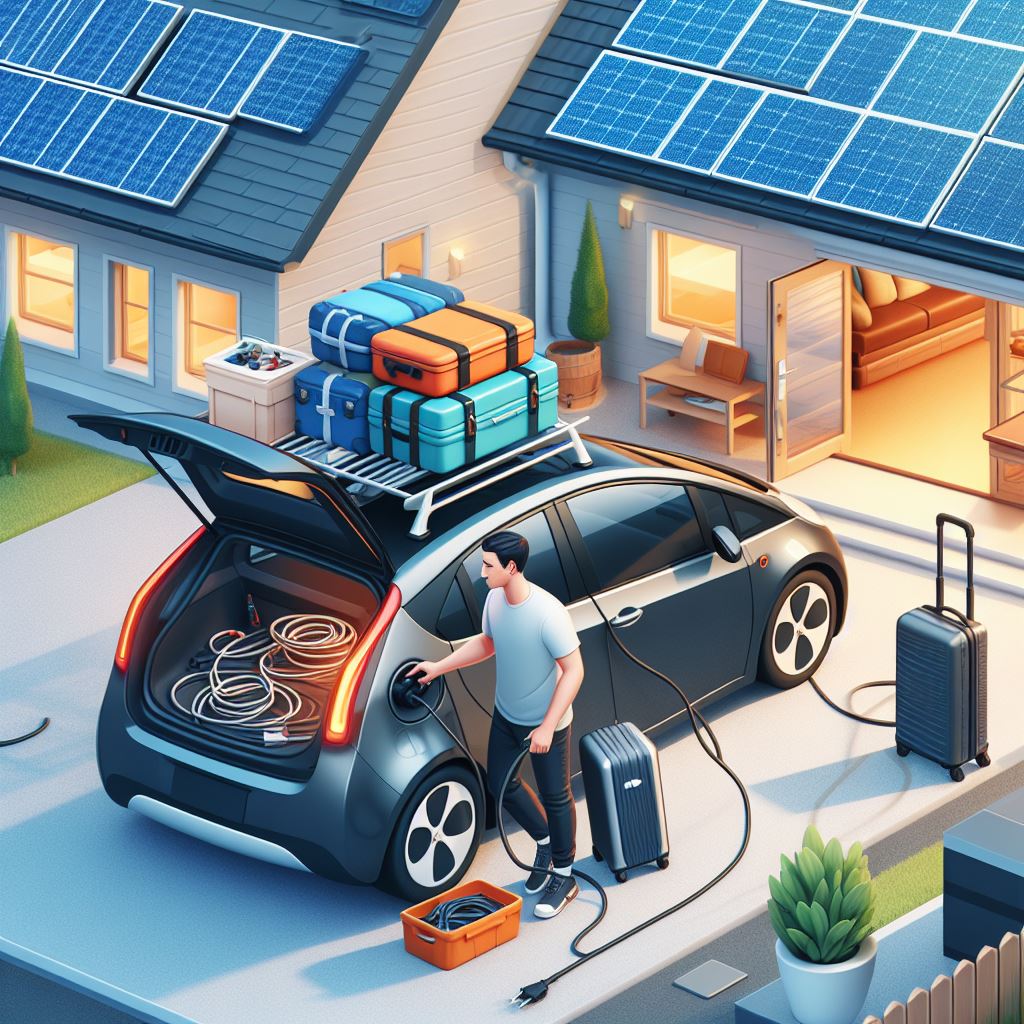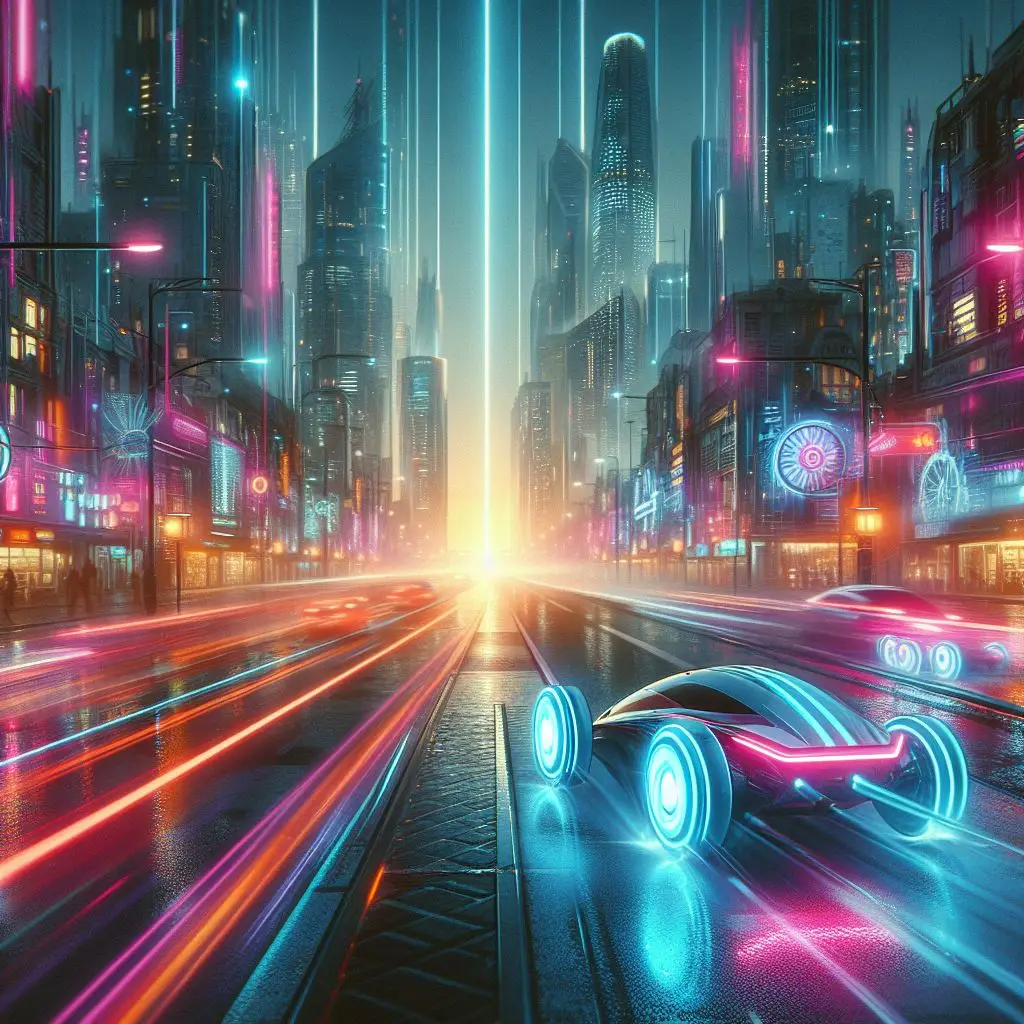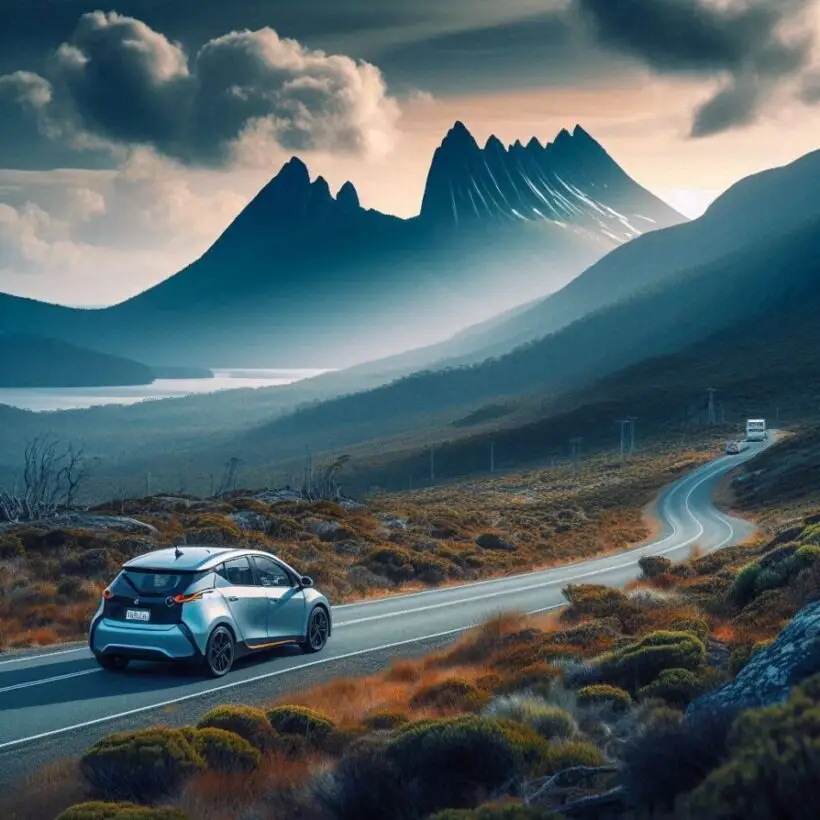Intro
Is EV Road Tripping more scary than driving a petrol car? For some, it will be. For others it’s going to be pretty routine. The ultimate EV Road Trip Guide will dispel a few myths and rumours.
We’re all so used to jumping in a petrol car and just going for it, because we’ve developed comfort that we can just pull in anywhere to fuel up. That day will come for EV drivers, but we’re not quite there yet. We’re getting close though.
Australia is a big place, but chargers are becoming almost commonplace now. We have a way to go, and there are some gaps, but there’s usually no need to avoid a place because of chargers.
In a petrol car, we usually have a pretty good plan. I’m going here. I’ll stop for petrol here. The kids are going to want a toilet stop about there. Let’s plan lunch here, and I’ll get some fuel at the same time.
For those new to EVs, it can be a little different and different can be scary at first, but it really doesn’t need to be. Don’t listen to the media hype. Get the real stories from people who’ve done it before.
EV Road trips, when you boil it all down, are exactly the same. We just need to be a little better at it until the charging infrastructure catches up and it becomes natural fo us to just jump in the EV like we do in a petrol car..

Before leaving home
Download your Apps
Planning Apps
There are two apps that I find invaluable for planning an EV Road Trip.
· A Better Route Planner (ABRP)
· Plugshare (review coming soon)
Google maps is improving, but it keeps crashing when I try to get information on chargers. Hopefully I’ll be able to update this sometime soon with better news.
Charging Apps and RFID cards
You don’t want to be in the charger bay trying to download an app with poor reception in an out of the way small town. Make sure you’ve downloaded all the charger apps you will need, and maybe some others. If they offer an RFID card, order one! It will arrive in the mail and I put these into a little wallet to carry on road trips. If you can’t get mobile reception, you can use the RFID card instead. An Ultimate EV Road Trip Guide wouldn’t be complete without listing the Apps and RFID cards I use.
· Evie (RFID Card)
· ChargeFox (RFID Card)
· Exploren
· Everty (RFID Card)
· Tesla (certain superchargers are open to non-Tesla drivers)
· Jolt – you can get 7kWh free per day.
· BP Pulse
· Amplify
· EVX – new! I haven’t used this one yet.
Make sure to order your RFID cards in advance of a trip. They come via post.
Note: sometimes new chargers show up in the vendor apps before they get to ABRP or Plugshare. It can be tedious to go through all the apps, but if you’re on the app and thinking about going somewhere, it’s worth a look. I’ve discovered a few new chargers this way. You can upload the info to both ABRP and Plugshare. Once verified, they will publish the new charger.
Pack the right gear
Check Plugshare. Most of your chargers on a trip will be modern CCS plugs which fit all newer EVs in Australia. If you drive an older EV, you might need to check compatibility.
Where it can get tricky is destination chargers. These are almost always AC. You might need a type 2 cable (I’ve used mine a lot) or even a J1772 adapter (I’ve only used mine once, but it was a lifesaver). In some cases the destination charger just won’t be compatible. In these cases, ask if you can plug in your granny charger, it probably won’t get you a full charge overnight, but it will give you some extra charge to get to a faster charger in the morning.
Check what you need and make sure you’ve got it. If you’re staying in AirBnB, cabins, etc. then a good quality extension cord is always handy if the granny charger doesn’t reach.
I’ve made another post about some essentials I like on a road trip. I’ll leave it up to you to decide which you agree with.
Plan the trip
I like to do some initial route planning on Google Maps. Once I’ve settled on the general path, I then plug it in to ABRP to get my charge stops sorted. ABRP and Plugshare are both useful in telling us what amenities are nearby, like toilets, cafes, shopping. I don’t like stopping other than to charge, so everything else fits into those stops. Petrol stops have simply become charger stops.
Book accommodation with destination chargers
Staying in a cabin at a caravan park – easy run the granny charger out the window and charge up overnight.
Major booking apps are now including destination chargers in the filters, so you can book a hotel with a charger. Double check Plugshare for compatibility thoug and pack an adapter or cable if needed (mine go in the car for every trip, regardless).
We recently booked accommodation in the Hobart CBD which was within walking distance of 3 fairly slow, but free AC chargers. We just needed our BYO Type 2 cable. It was easy enough to drive there after dinner, grab ice-creams at the ice-cream shop next door to the charger and walk home. After a couple of hours of watching TV, it was a 5 minute walk to pick up the car charged and ready for the next day.
Charge up to full the night before
On the night before leaving, or if you’re able to destination charge overnight along the way, then top up to 100%. I don’t recommend regularly charging to 100% to preserve battery health, but a few times on a road trip won’t hurt. This will save money and time. The first charge tomorrow will be further away, and destination charging is often free (or at least included in your accommodation).

The journey
Know how much to charge at each stop
There’s an art to putting the right amount of charge into your car at any given time. Most times you want to keep it under 80%. It will protect your battery, and things really slow down above 80%. Most of the time it’s quicker to move to the next charger where it will be quicker again.
· Generally, if it’s a slow charger, and the next one is faster, put in the minimum required to get you there safely.
· If it’s a faster charger, put in a bit more to save time at the next one
· Keep in mind faster chargers are usually more expensive, so if it’s the last stop before your free overnight charge, then just put in the minimum. This is just like petrol cars, where you fill up more when the price is lower.
· Go to 100% on an overnight free AC charger.
Remember chargers can only give power at the rate your car will accept it. It might be a 350kW charger, but if your car will only accepts 100kW, you’re going to get the lower rate. Similarly you can’t get more out of a charger than it’s rating. My car will go up to 235kW, but if it’s a 50kW charger, I’m only getting 50kW (I have seen 51, or 52kW, but you get the idea).
Check the weather
Weather affects the performance and economy of all cars, but cold weather has a marked effect on EVs with range lowering in the coldest months.
If it’s cold, or very hot, also make sure you use the car manufacturer’s native navigation to get to your next charger. This will precondition your battery to optimise charging time.
If it’s raining heavily, really cold, or you expect strong winds, plan to get to each stop with a bit more left in the battery. I generally plan 25%, but in bad weather I might up this to 30%, 35% or even 40% in extreme conditions. This just gives me a bit more contingency in case a charger is broken, there’s a long queue, or I need to make a detour. I’d do the same in a petrol car with an extra fuel stop in bad weather.
Know how long each charge will take and plan your activities
ABRP tells me how long to stop at each charger. So I plan activities base don these times:
· If I know I need 7 minutes to charge, and there’s a Café there, I can count on getting snacks and making a toilet stop.
· If it’s a slow charger and I’m going to be there 40 minutes, I like to be able to sit down for lunch.
· If I’m staying in a self catered house that night, then I’ll plan one of my later stops at a supermarket.
· If I’m stopping at an attraction with a charger, then of course I’ll take advantage of free electricity while I’m inside.
· If it’s 5am, nothings open and there are no facilities, then I need to make sure my tablet is charged so I can play Sudoku, or write my blog notes.
· You get the idea – charge stops can be very useful for doing stuff you need to do anyway.
Charging etiquette and responsibility
There are a few things EV drivers can do to make everyone’s lives easier:
· Be prepared – download the apps before you get there.
· Ask questions – most EV drivers are friendly and will help you out, especially if you’re at a charger for the first time and struggling.
· Don’t overcharge and slow everyone down – unless you really need that extra 10% to make it to the next charger don’t go over 80% while others are waiting. The last 20% will take a long time and isn’t worth your while anyway.
· Don’t use the charger bay as a parking spot – if you’re no longer charging move to another spot.
· Report faults to the charging company – they don’t get fixed if nobody reports them.
· Try to match your car’s capacity with the charger when possible – don’t plug your car that only takes 50kW into a 350kW ultra-rapid charger if there’s a 50kW fast charger sitting idle.
- Hang the charge cable up neatly – don’t leave it in the dirt. We don’t leave petrol bowser nozzles on the ground, why would we do it with electrical cables.
· Park in the marked bay when possible – Sometimes it might be necessary to park a little to one side to make the cable reach (e.g. Tesla superchargers can have short cables), so choose a bay that’s least inconvenient to others.
The Bottom Line
Planning an EV road trip isn’t vastly different to planning a trip in an ICEV. You still need to know where you’re going and where you’re stopping for fuel, food and toilet breaks. You need to understand the range and limitations of your car.
It’s because we’ve been doing trips with petrol station stops for so long that the planning has become natural. Petrol stations are more common and we take them for granted. It won’t be too long until charging stations become ubiquitous and we’ll treat an EV road trip exactly like any other.
Charging doesn’t need to be the nightmare it’s depicted by the anti-EV mob or the media. We just did an 11 day road trip in Tasmania and enjoyed our stops. We arrived refreshed, the kids weren’t complaining and we enjoyed our time.
For the moment just follow the simple guidelines here. There’s nothing stopping you getting out to enjoy our wonderful country and countryside in your shiny new EV, or your older, but equally loved and hopefully still shiny, EV if you’ve had it a while.
We hope you’ve enjoyed our Ultimate EV Road Trip Guide.
Here are a couple of my favourite trips:



